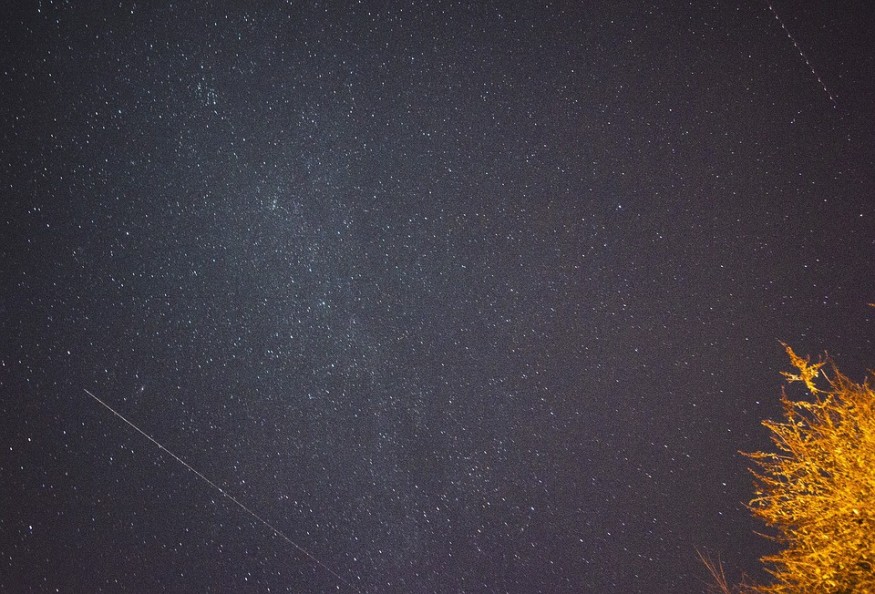
One of the best meteor showers of the year will peak early next week, astronomers said. It will entertain spectators with almost two dozen meteors per hour—as long as clouds do not hinder.
Spectators and stargazers who are planning to view the Orionid meteor showers should mark their calendars as the shower will reach its peak on Monday night of October 21 to the early morning of October 22.
AccuWeather Astronomer Blogger Dave Samuhel said it will be the strongest meteor shower since Perseids of August. He likewise included the Orionids among the top five meteor showers in 2019. Samuhel added the Orionids provide 20 to 25 meteors per hour on the peak of the night as ignited by the Halley's Comet.
However, the peak meteor rates of Orionids between 2006 to 2009 were at par with the Perseids with 50–75 per hour, which made the meteor shower exceed expectations, according to the American Meteor Society (AMS).
Sightseers may see shooting stars streaking over the sky, starting late Monday evening and would be best viewed after midnight, Samuhel said. He added some meteors may be seen if the spectators could spot Orion's constellation.
He explained that the shower's point of origin, or commonly known as the radiant point, is located near Orion's constellation, which does not show up until after 11 p.m.
The higher the radiant point is, the greater the hourly rate of meteors per hour would be seen. However, the sightseers don't need to locate the luminous point to view the meteorites as they would show up in all areas of the sky.
The moon, however, might affect the meteor showers this year as it would show up during the peak night and is expected to be 50% brighter, Samuhel said. He added it would be more difficult for the stargazers to see dimmer meteors if the sky is more vivid at night. Hence, he recommends that stargazers should be looking away from the moon to search for meteorites.
This year, the best viewing conditions are expected across the southwestern and central United States as cloud-free surroundings are in the weather forecasts during the Orionids peak. However, it would be cloudy across eastern United States.
Disruptive clouds will also lead to poor viewing conditions across the Pacific Northwest, and across the Canadian Rockies—including Quebec and Ontario. Clouds could even upset stargazers in Alaska with uneven clouds in the weather forecast across Hawaii.
According to the Scientific American, meteor showers happen when the Earth crosses to a patch of small debris left behind by a comet or asteroid. These small patches shine brightly as they light up while entering the planet's atmosphere.
Stargazers that may miss the peak of Orionids' meteor shower still have the chance to search for shooting stars before this year will end. Samuhel said four more meteor showers are expected to reach their peak which may feature over 100 meteors per hour, including Geminids this upcoming mid-December. Samuhel said the Orionid meteor shower is this year's second meteorite shower that is generated by the Halley's Comet.
© 2025 NatureWorldNews.com All rights reserved. Do not reproduce without permission.





